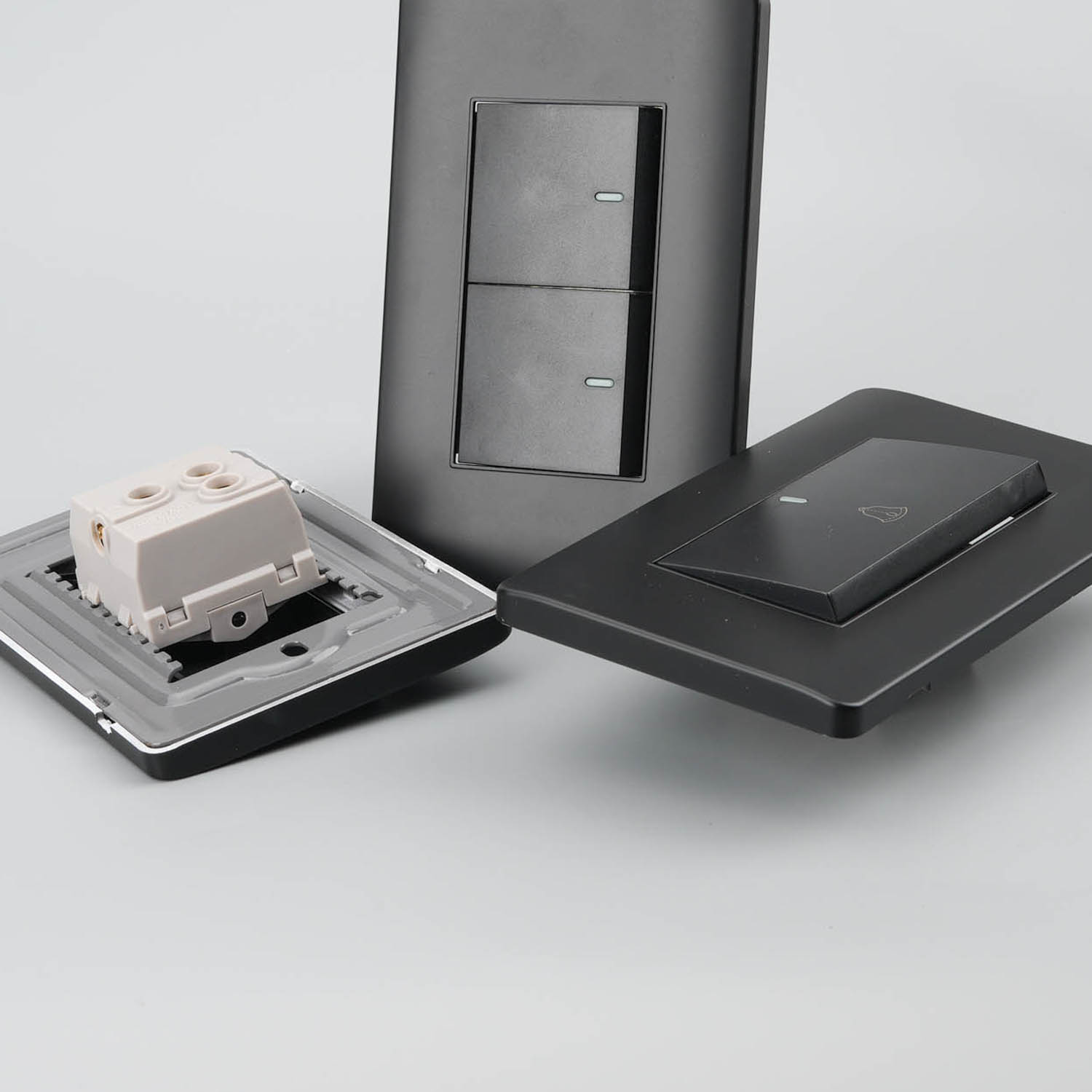Categories
- Blog (315)
From homes to offices and public spaces, these unassuming fixtures are ubiquitous, seamlessly facilitating electrical connectivity that is fundamental to our daily activities. This article delves into the profound significance of electrical outlets, unveiling their historical trajectory, operational intricacies, and pervasive influence on our daily existence.
Throughout history, electrical outlets have evolved from rudimentary designs to sophisticated configurations that meet the diverse needs of society. Initially simple receptacles, they have adapted to accommodate various plug types, voltages, and safety standards, ensuring compatibility and user safety.

The operational intricacies of electrical outlets involve a combination of design, engineering, and safety considerations. Grounding mechanisms, insulation, and circuit protection features are integrated into outlet designs to prevent electrical hazards and ensure reliable performance. These safety measures play a crucial role in safeguarding users and electrical systems from potential risks.
The influence of electrical outlets extends across every aspect of our lives, enabling us to power essential appliances, devices, and equipment. From charging our smartphones to operating kitchen appliances and lighting our homes, electrical outlets facilitate countless tasks that shape our daily routines and productivity.
A Historical Overview:
The journey of electrical outlets dates back to the late 19th century, paralleling the rise of electric lighting and appliances. Early iterations were basic receptacles designed to accommodate two-pin plugs, allowing users to connect lamps and devices to the power supply. As electricity became more prevalent, standardized outlet designs and safety features were introduced to enhance usability and prevent electrical hazards.
Types and Varieties:
Electrical outlets come in various types and configurations to accommodate different plug designs and voltage requirements. Common types include standard outlets with two or three slots, specialized outlets with USB ports or grounding pins, and international variants designed to meet regional standards. These diverse options ensure compatibility and safety across different environments and devices.
Functionality and Operation:
The primary function of an electrical outlet is to provide a connection point for electrical devices to access the power grid. When a plug is inserted into the outlet, it establishes a connection with the electrical wiring behind the wall, allowing electricity to flow to the connected device. Multiple outlets are typically wired in parallel, enabling simultaneous power access from a single electrical circuit.
Safety and Regulations:
Safety is paramount in the design and installation of electrical outlets to prevent electrical hazards and ensure user protection. Regulations and standards govern outlet design, placement, and wiring methods to mitigate risks and maintain safety. Features such as grounding, insulation, and circuit protection mechanisms are incorporated into outlet designs to minimize the risk of shocks, fires, and other hazards.
Smart Outlets and Automation:
Advancements in technology have led to the development of smart outlets, equipped with wireless connectivity and programmable features. These intelligent outlets allow users to remotely control connected devices via smartphone apps or voice commands, offering convenience and energy savings. Smart outlets can be programmed to schedule device operation, monitor energy usage, and integrate with home automation systems for enhanced functionality.
Future Trends and Innovations:
Looking ahead, the future of electrical outlets is poised for further innovation and integration with emerging technologies. Trends such as wireless charging, biometric authentication, and energy harvesting may shape the next generation of outlet design. Additionally, advancements in materials and manufacturing processes may lead to more sustainable and eco-friendly outlet solutions, aligning with the growing emphasis on environmental responsibility.
Conclusion:
Electrical outlets stand as the cornerstone of our electrical infrastructure, forming an indispensable link between our devices and the power grid. Evolving from their historical roots to incorporate modern functionality and enhanced safety measures, outlets have adapted to cater to the dynamic demands of society. With ongoing technological advancements, electrical outlets are poised to remain essential fixtures in our built environment, facilitating seamless electrical connectivity and empowering us in our daily endeavors. As our reliance on electronic devices grows and smart technologies proliferate, the role of electrical outlets will continue to evolve, ensuring that they remain vital components of our modern way of life.